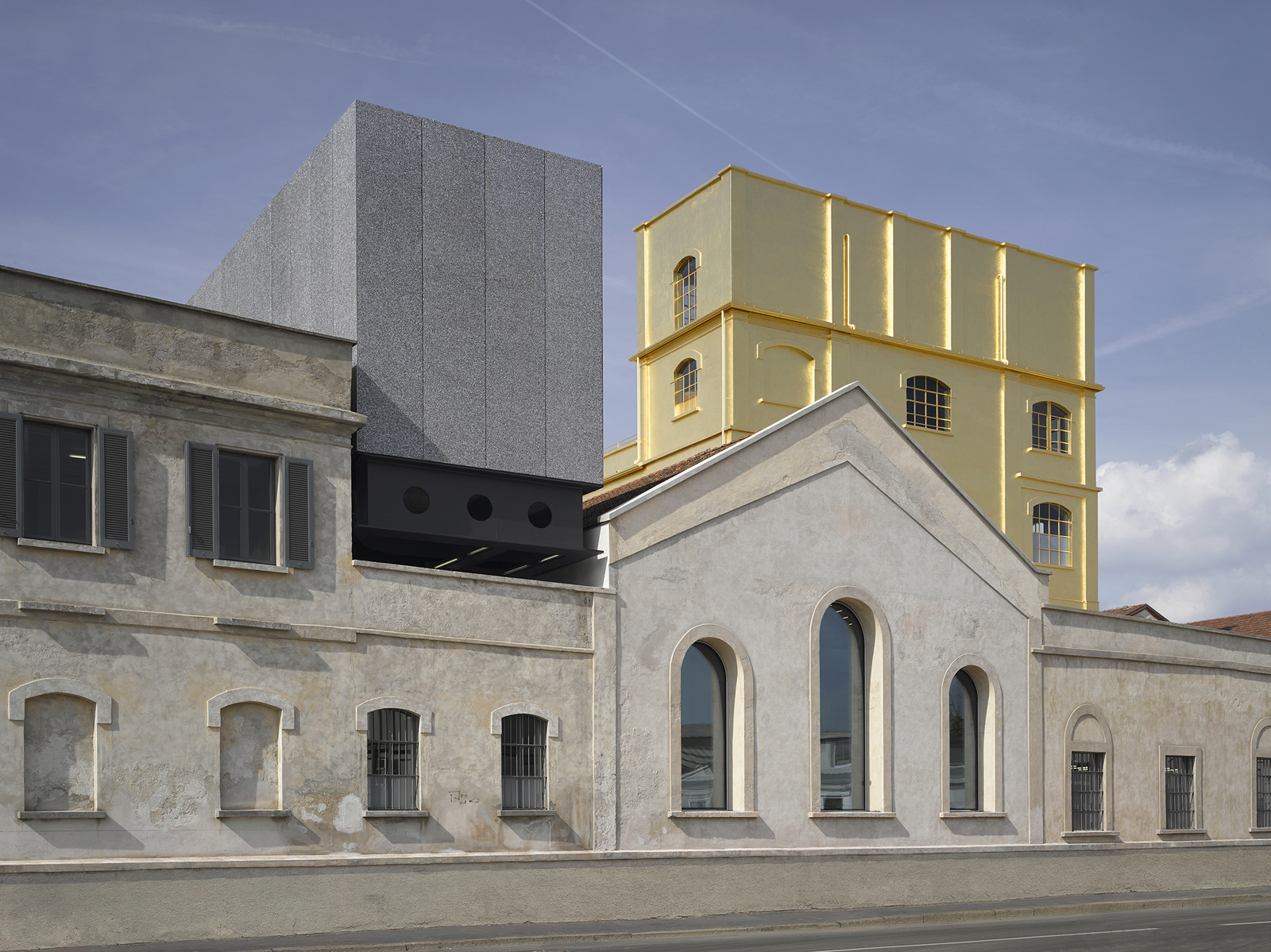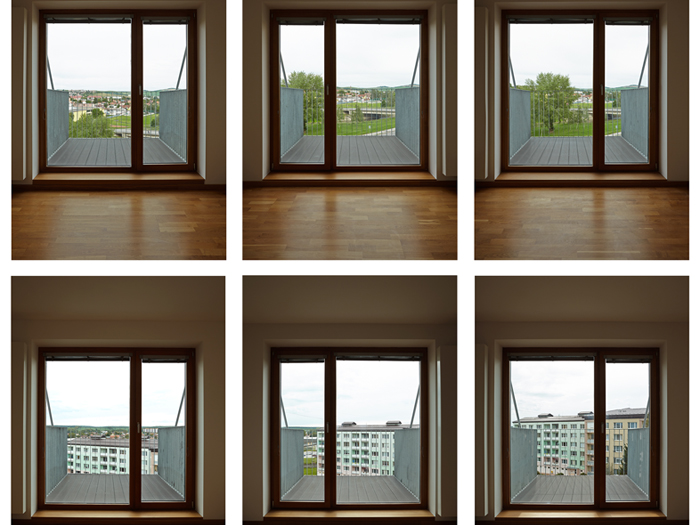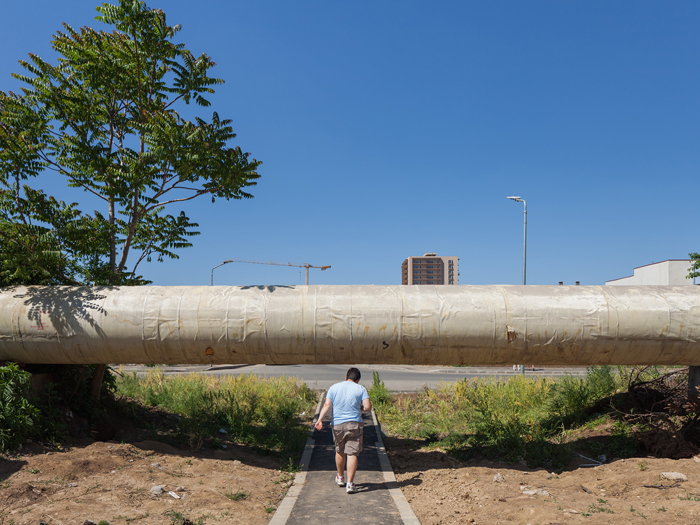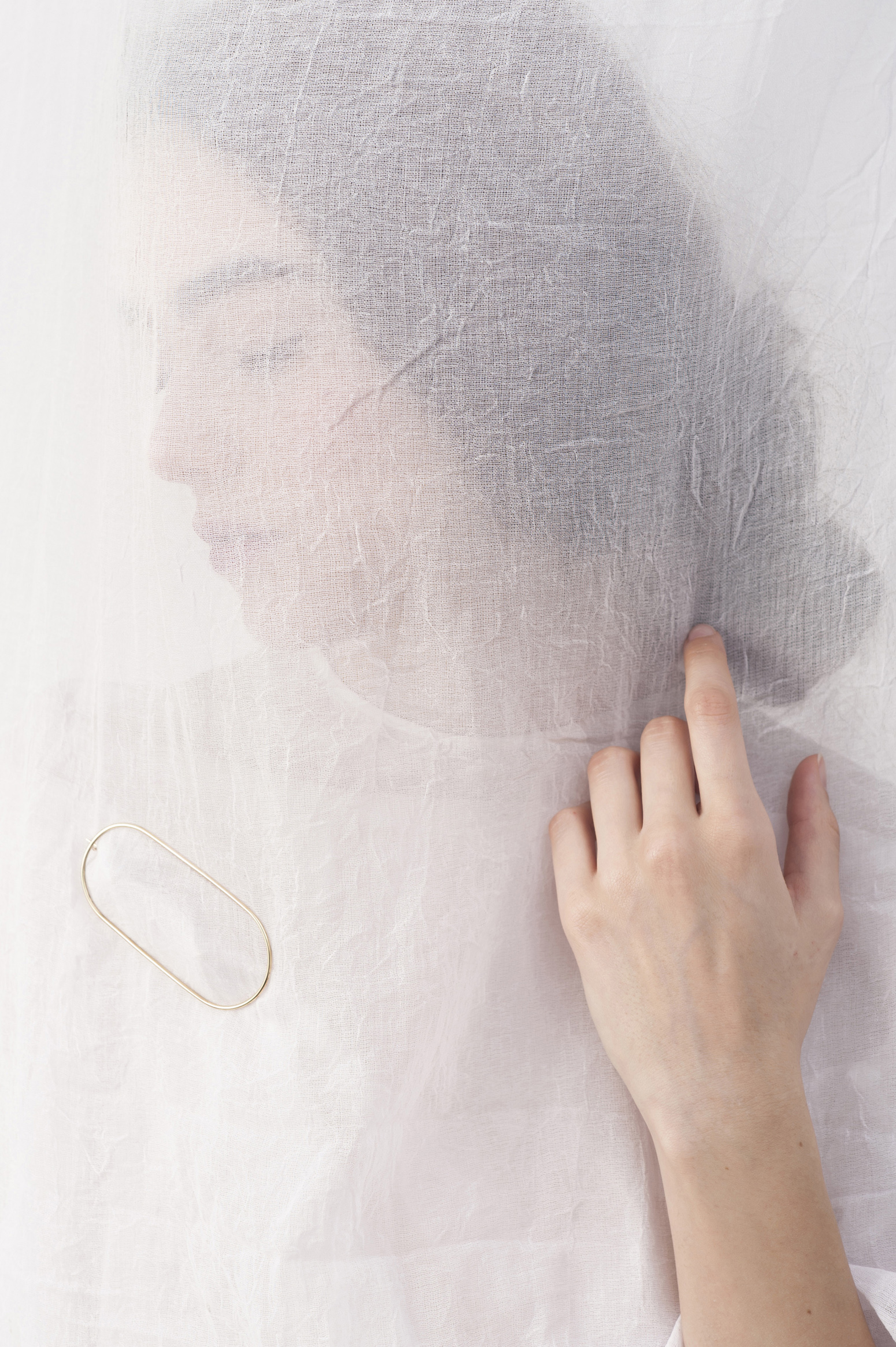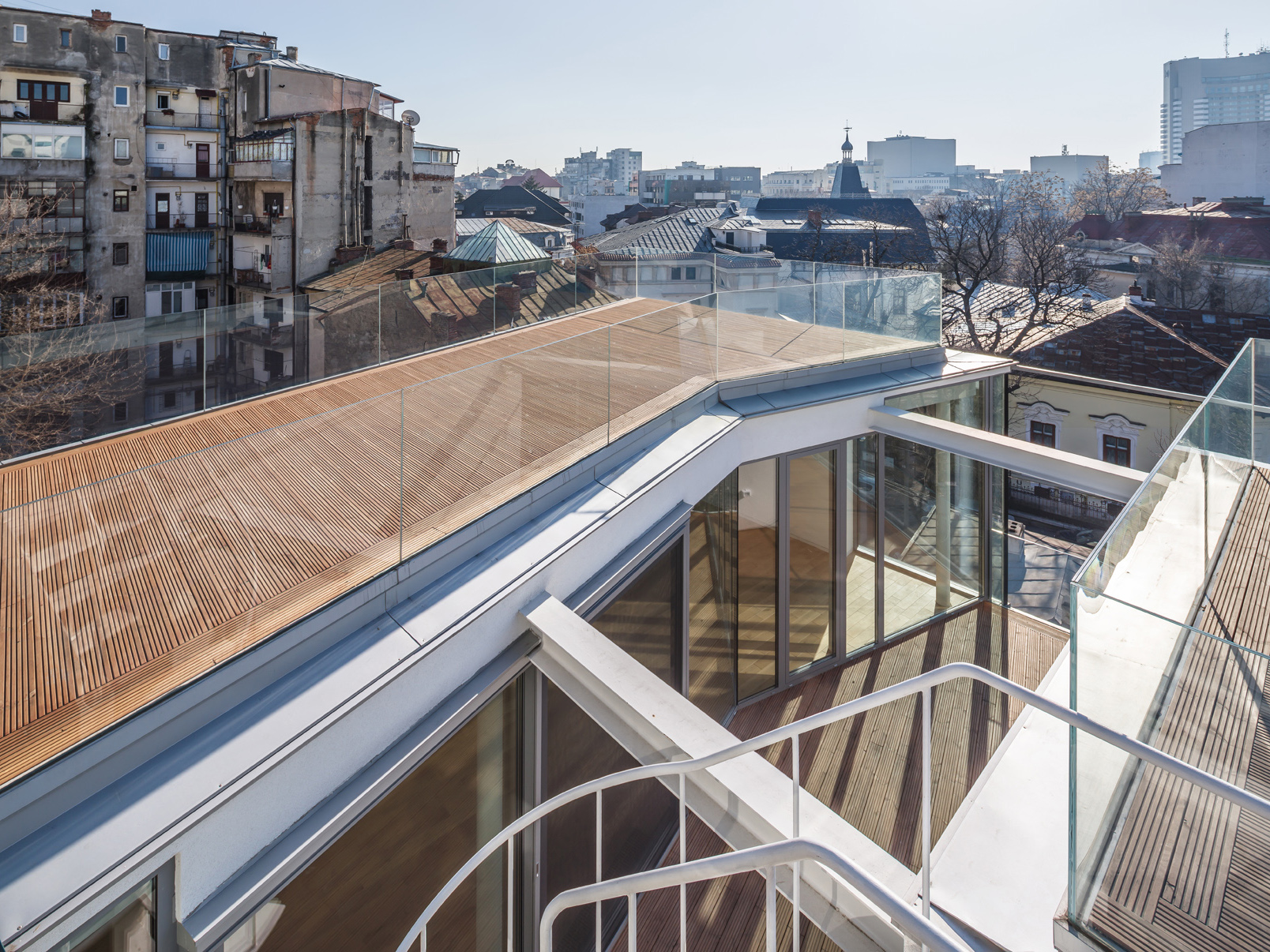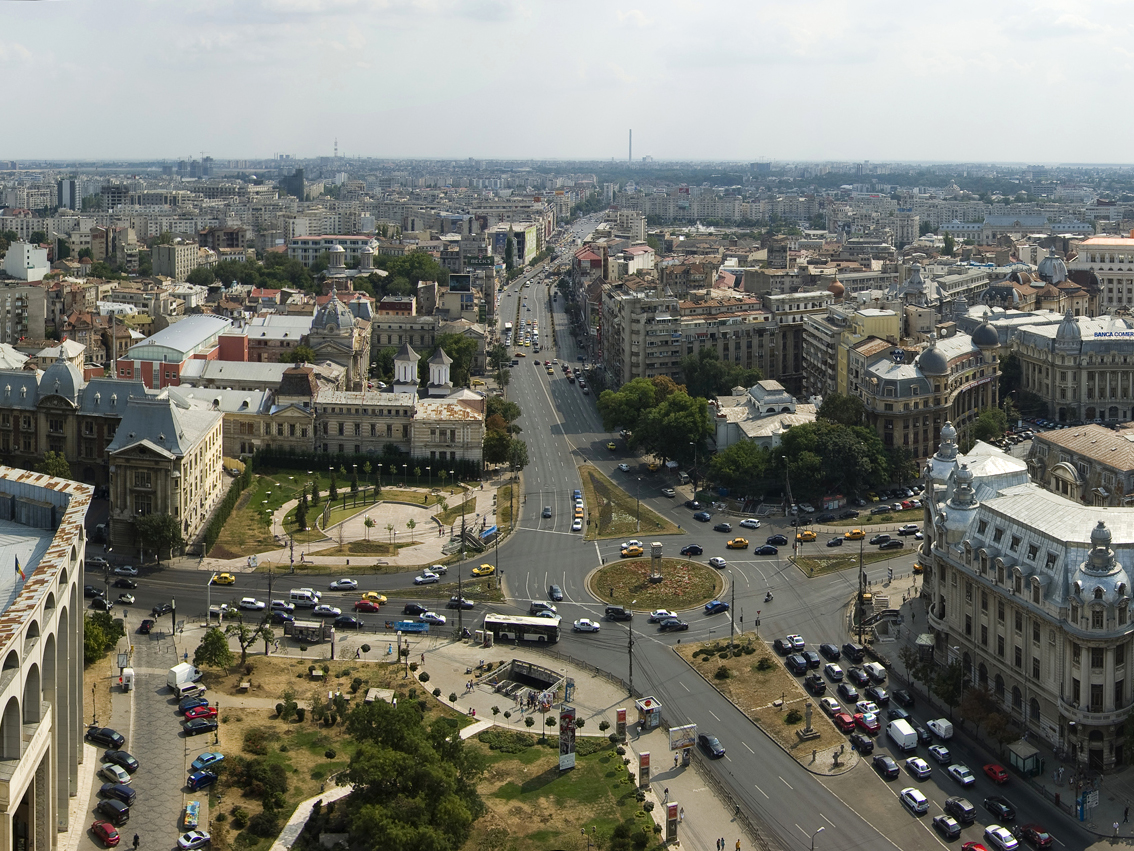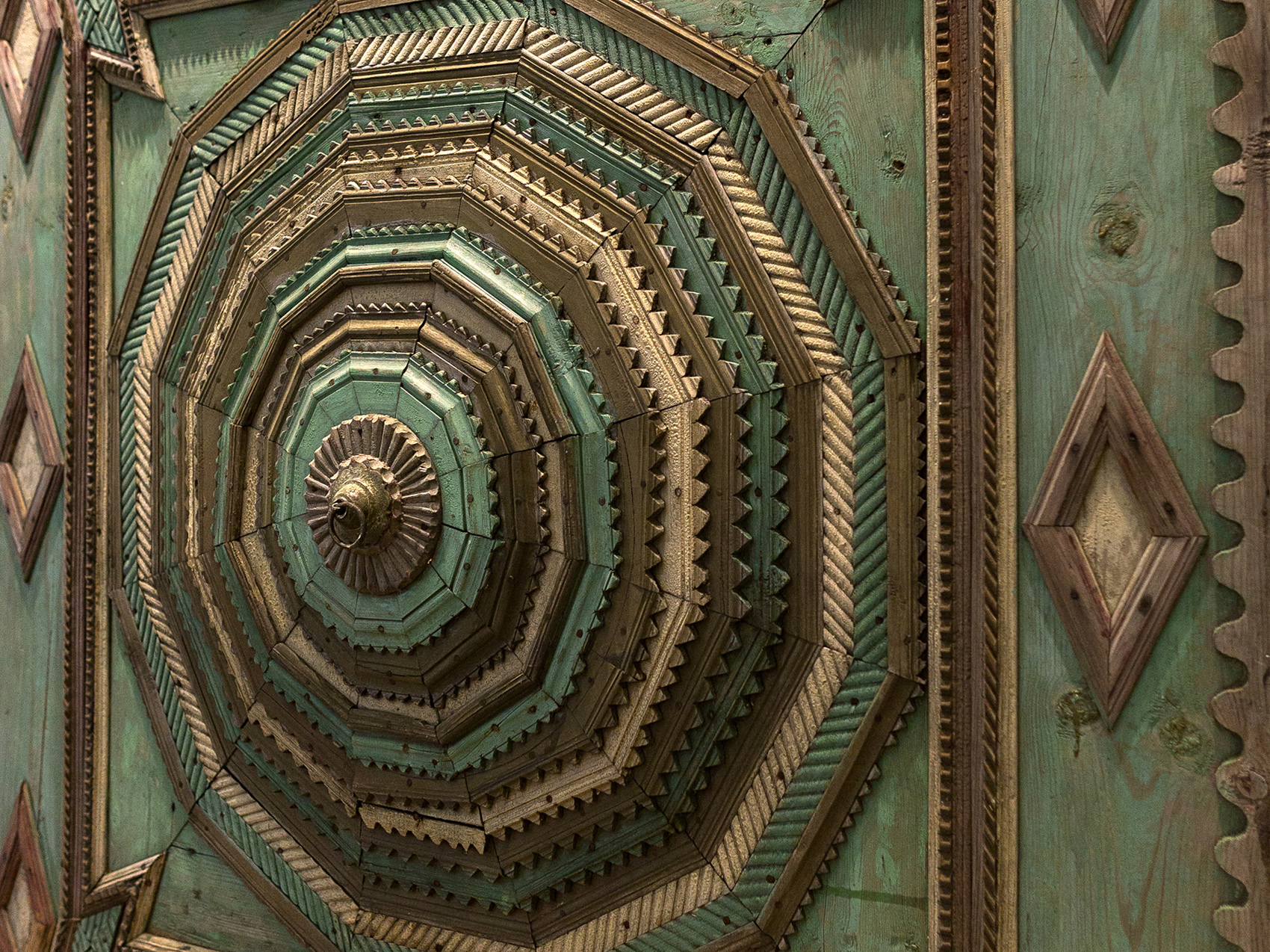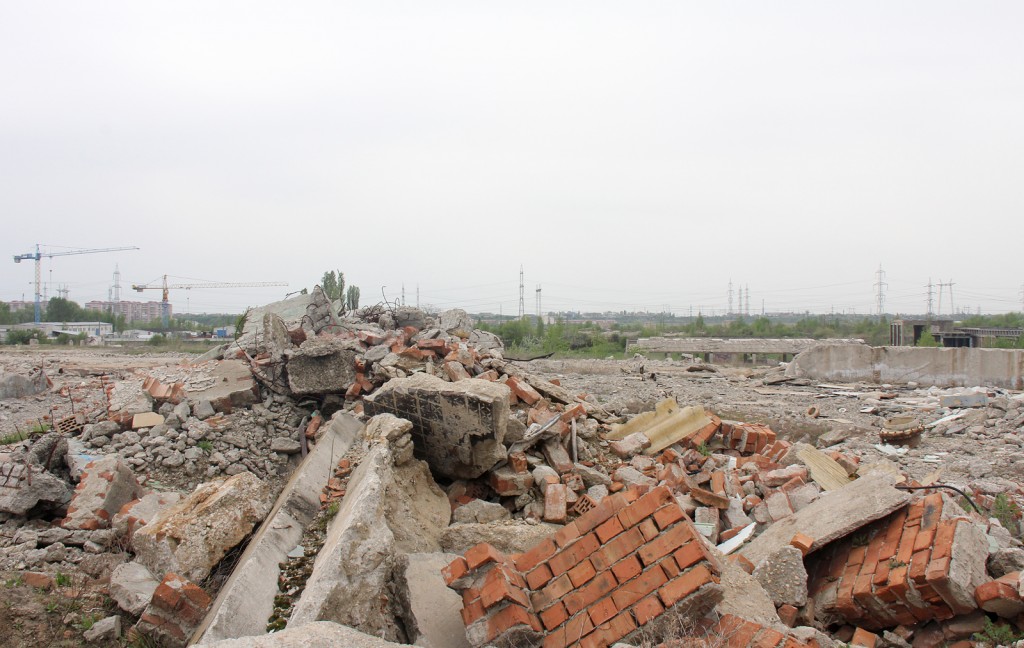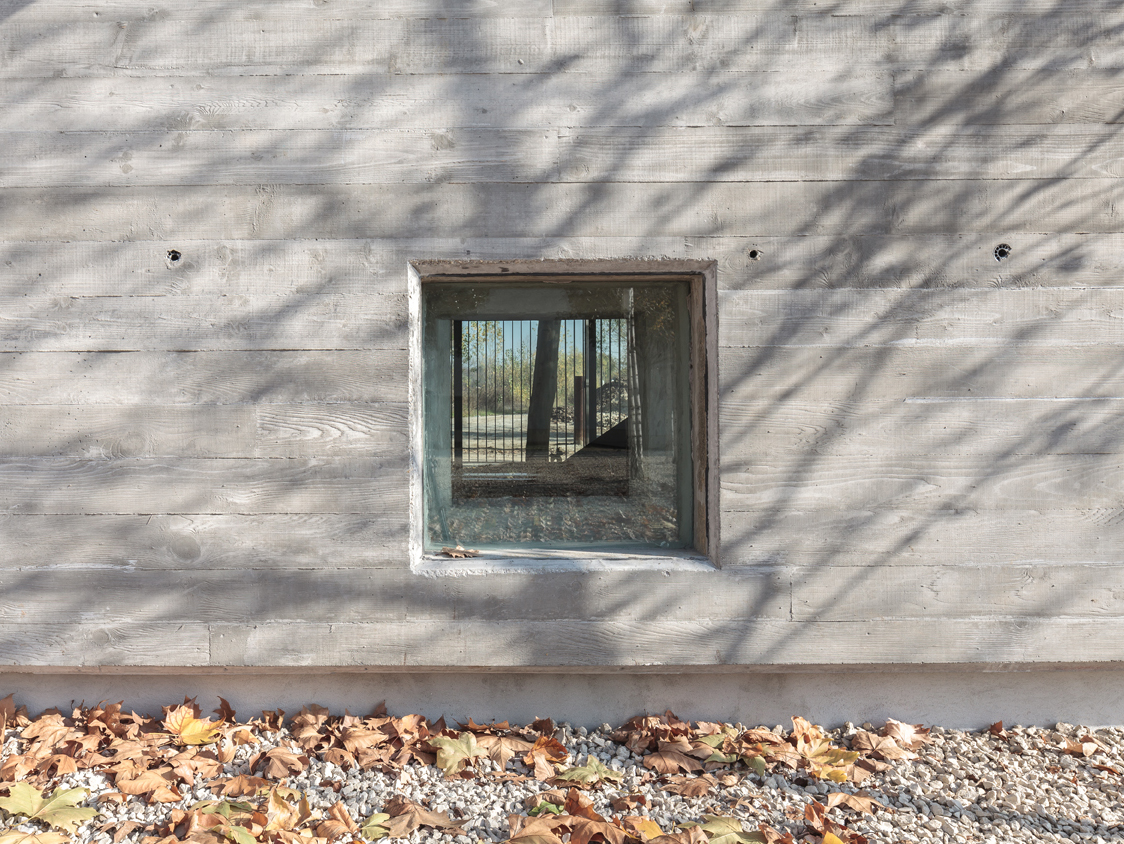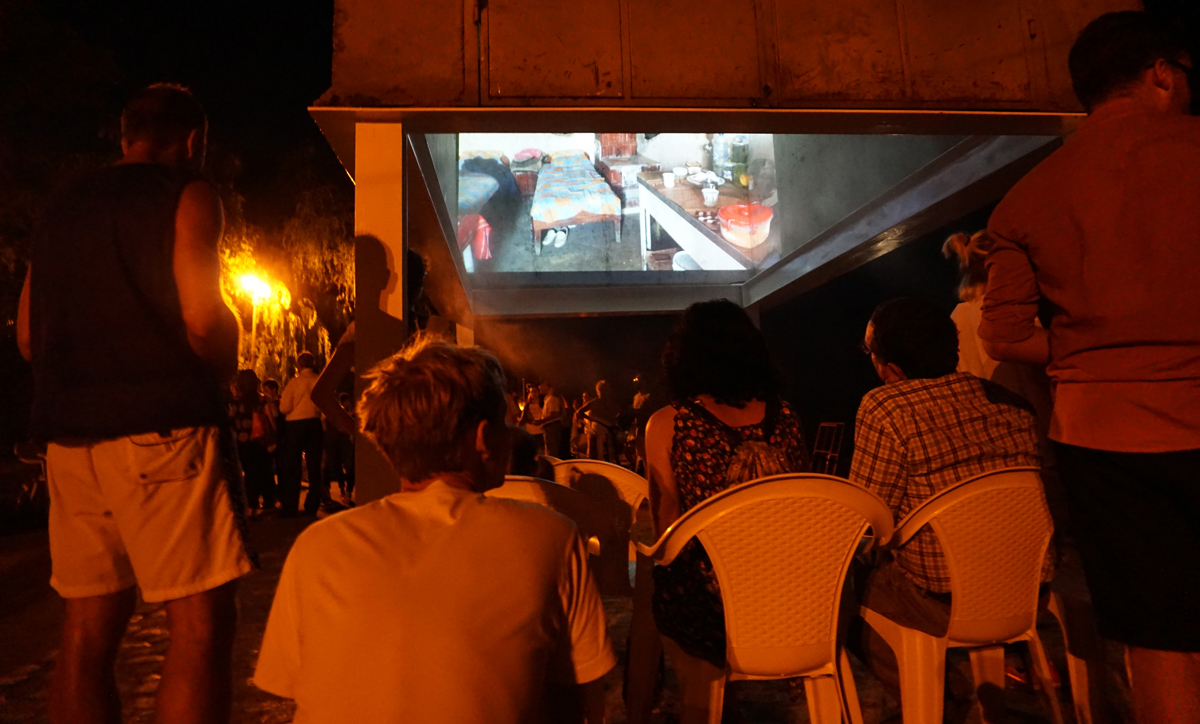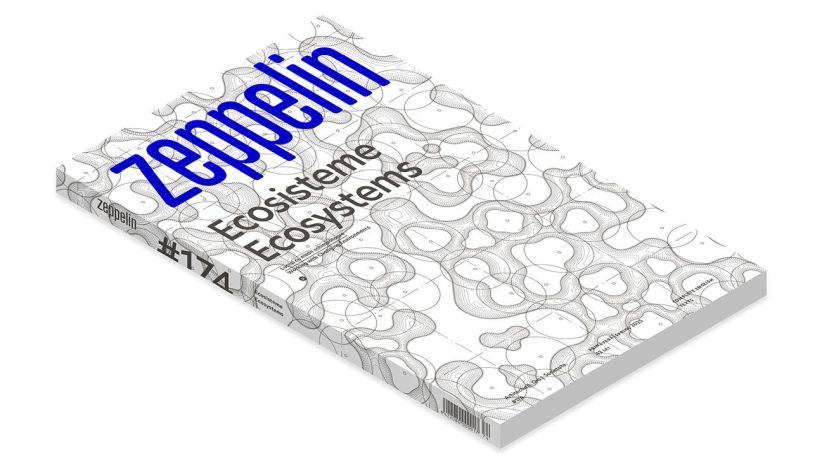A former distillery becomes a connection between past and future, between the historic centre and a decayed former activity area. The visionary intervention creates a new landmark on the map of cultural venues and also an evident stimulus for neighborhood regeneration.
Articles box
An apartment building from the socialist period in Slovakia is reinvented not just on the outside – with a new façade – but also through the inner planimetria.
Project: GutGut
Text: GutGut, Cosmin Caciuc
Photo: Jakub Skokan & Martin Tůma (BoysPlayNice), GutGut
TEXT: Ştefan Ghenciulescu
If you like (to take photos of) clashes, dissonances, decadence and gaudiness, quaint and slightly sordid things, this city is for you. You almost don’t have to even try, the picture will just jump at you with a nice framework of old buildings and new ones, with improvised appendices and absurd details.
The building is located on a dead end street in the northwestern part of the old city center. The distinctive urban fabric, with various shapes of plots, heigths and stylesis suffers a strong speculative pressure, and most of the recent buildings are highly dissonant in scale and image.
Text: Ștefan Ghenciulescu
Project: ADN BA
Photo: Cosmin Dragomir
Foto: © Ștefan Tuchilă
Motto: “Don’t tell anyone, but I always wanted to be mayor!” (“Show me a hero,” 2015)
What would happen if the local residents of one of the less fortunate side of Bucharest would take their fate into their own hands? If they tapped the potential and advantages of the place, if they multiplied the good things that are already happening there? With these questions in mind, we launched an art project dedicated to the southern half of Bucharest and its inhabitants.
Text: Ştefan Ghenciulescu
Photo: Esenghiul Abdul, Christian Beros
When so many valuable buildings of the past are turned to dust, it seems hard to understand the efforts to preserve and work on an existing house that has no architectural value. Why not take it down and build, with far less torment, an entirely new one? Well, it’s not quite like that.
Text & photo: Mugur Grosu
I am one of those people who, although having lived here for so many years, never feels quite at home. Whenever I meet people like me, we joke saying we’re Constanța’s diaspora in Bucharest. It’s like in our veins flows a fundamentally different thing — a morose cocktail pounding adversely, in which the sickness of the golden fleece seekers collides with acute sense of exile, left by the shadow of Ovid at Tomis—which has remained, basically, the same barbaric land.
Text: Constantin Goagea
We always believed that office space and all its contemporary design has been and always will be absolutely incompatible with the great outdoors. It was either one or the other. Because when we think of nature, we think of leaves, grass and bugs, rain and mud (not potted plants and not office flowers lit with some super lamp, or even worse, some plastic print hanging on the plaster wall).
The 10 years construction period of this villa on the shores of a lake on the outskirts of Bucharest allows to read the evolution of the architectural philosophy of Starh office.
Text: Cosmin Caciuc
Illustrations: Urban Regeneration workshop #Tudordurabil
A few dozen students and professors from the Faculty of Architecture in Strasbourg and supervisors from Brussels had a clear vision on the way the public space can be improved with minimal resources and interventions, following an urban regeneration workshop for Tudor neighborhood in Târgu Mureș:
Text: Ștefan Ghenciulescu
Photo: Irina Pata
It is quite difficult to write an editorial about architecture and the city after the tragedy from Club Colectiv. The number of victims is growing, and among them there is a large number of architects and urban planners.

